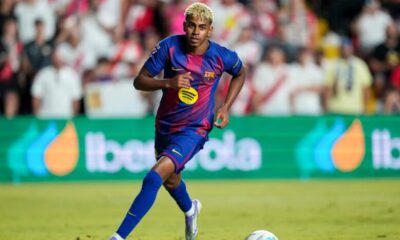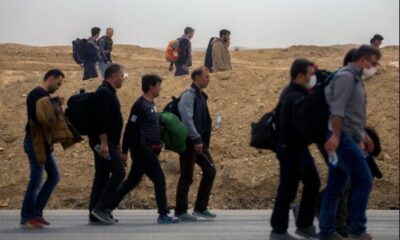The Chinese government and state-run news organizations talk about “black hands” behind the unrest and spread conspiracy theories, including one centered on an American diplomat in Hong Kong who was photographed with activists in the lobby of the JW Marriott Hotel.
As the protests persist, American officials are watching for surges in violence and tracking the movement of People’s Liberation Army soldiers into Hong Kong. Some are beseeching demonstrators to stick to nonviolent tactics, even in the face of police crackdowns and attacks by people sympathetic to Beijing.
On Sunday, at least six people were injured when a man with a knife who is believed to be against the democracy movement attacked a family at a shopping mall. In the melee, the attacker bit off part of the ear of a pro-democracy district council member, Andrew Chiu.
“We’re telling everyone that we interact with, we don’t want violence,” Secretary of State Mike Pompeo said on Wednesday. “We think there should be a political solution to the conflict that’s taking place there.”
Two Democratic Congressmen, Tom Suozzi of New York and John Lewis of Georgia, the icon of the American civil rights movement, posted a video last month praising the activists for their “great work” and urging them to stick to nonviolence.
Whether the United States takes greater action on Hong Kong hinges on the unpredictable Mr. Trump. Administration officials and American lawmakers talk openly about checking the authoritarian impulses of the Chinese Communist Party. But the president rarely, if ever, mentions human rights and democracy, and he has not made strong statements on Hong Kong.
He is a transactional president. In June, he told Mr. Xi on a call that he would stay quiet on Hong Kong as long as Washington and Beijing were making progress on trade talks, according to an American official who spoke on the condition of anonymity.

 Entertainment6 days ago
Entertainment6 days ago
 Tech3 days ago
Tech3 days ago
 Tech3 days ago
Tech3 days ago
 General News19 hours ago
General News19 hours ago
 General News16 hours ago
General News16 hours ago




